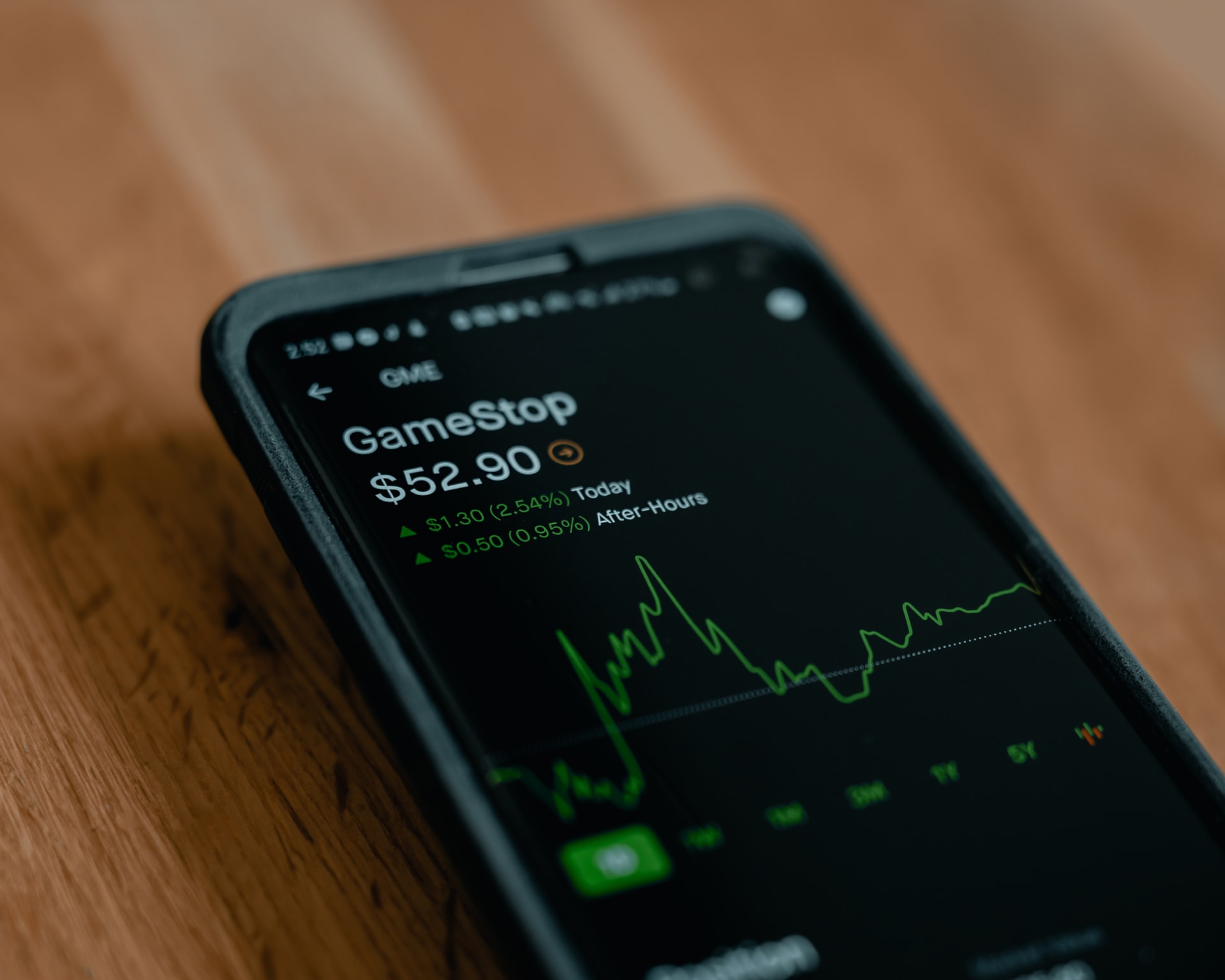Investors Don’t Like Robinhood

Robinhood helped drive AMC, GME, and other subpar and low quality stocks upward but it looks like it couldn’t catch a break with investors on its opening day. That’s a shame for Robinhood. It couldn’t corral its hordes of investors to participate in its IPO. Robinhood opened at $38 and slowly dipped down to $34.
That is a rather dreary and uninteresting opening for a stock like Robinhood.
One would think that with all of the enthusiasm and all of its knowledgeable userbase, it would see quite a bit of support. One Wallstreet bets commenter ironically noted “this stock is not supported on Robinhood.” Of course, this wasn’t an ironic statement. Users of Robinhood found some technical glitches and noted that they could not purchase Robinhood early during the trading day.
That is exactly what it looks like, there is no support at the present moment. It looks like investors and speculators are not pleased with the company and its business model for a variety of reasons.
Another commenter noted “I’m ready for a sub-penny price of robinhood’s stock.” The anger is in the air.
It looks like its recent tussle with its users over high flying junk stocks like AMC, GME, and a slew of others, are fresh in the minds of users. As such, they are only supporting Robinhood by being on the platform and using it.
There are Various Factors To Think About with Hood
The macro environment may not be the best one right now. Sure, we see certain stocks reaching all time highs but we are also seeing a price recession in others. Take GME and AMC, two of the big giants in the portfolio of the take charge WallStreetBets community and likely among that of many Robinhood(ers) half declined at least 40%.
Now, many would state that these stocks are still only worth around $7-$10, the prices they floated at prior to their big run up, but that’s a different story altogether. But it isn’t just these stocks, we are also noticing lumber prices, copper, and others tend down after a huge run up. Small or mid cap names like ATER, a modern artificial intelligence driven CPG company among others, have also fallen down to pre-mania levels.
We are seeing turbulence in China and that may have an impact on stock appetite as China stocks falling have had an impact on US stocks in the past.
Further, inflation fears are running rampant. The truth is that these are not fears, in that, they are not mere emotions. The reality is that prices at the grocery store, in the housing market, in assets, and other place are up. Economists like John Williams, the founder of Shadowstats, notes that inflation is genuinely at 13.5% instead of the current percentage quoted by the Federal Reserve.
The Federal Reserve has also noted that they will remain easy with their monetary policy. That’s an important point that could be distressing to people who are watching the real economy. The point being that you only need easy monetary policies if the economy is not doing so well. If the economy is doing great, it doesn’t need as much support. But, it might also be necessary to note that several million Americans are still on the proverbial government dole with unemployment benefits. A wide variety of pandemic related fiscal programs are still in play and will only drop off in early 2021.
HOOD Has Competitors
But let’s put aside the macro for a bit. What does HOOD have to offer that differentiates itself from current established players? It offers a fantastic interface, simplicity all throughout, and pioneered free trading.Of course, it is only free if you don’t use the platform to trade. Remember that you pay in indirect ways. The platform routes data to its partners that can use that information to make their own trades.
Remember that HOOD has up and coming competitors like SOFI, ETORO, and M1, in addition to many other indirect players like Stockpile and others.
There’s quite a bit of factors to think about when looking at HOOD. What are its growth opportunities? How will it grow its earnings and its assets under management? Has much of the value been derived from private investors like venture capitalists and others?
